Other
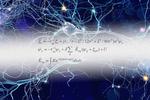
“Electric fields shared among neurons via “ephaptic coupling” provide the coordination necessary to assemble the engrams that represent remembered information. The “circuit” metaphor of the brain is as indisputable as it is familiar: Neurons forge direct physical connections to create …

“Made of cement, carbon black, and water, the device could provide cheap and scalable energy storage for renewable energy sources. Two of humanity’s most ubiquitous historical materials, cement and carbon black (which resembles very fine charcoal), may form the …
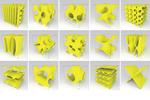
“With a new, user-friendly interface, researchers can quickly design many cellular metamaterial structures that have unique mechanical properties. Engineers are constantly searching for materials with novel, desirable property combinations. For example, an ultra-strong, lightweight material could be used to make …
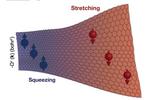
“Researchers discover how to control the anomalous Hall effect and Berry curvature to create flexible quantum magnets for use in computers, robotics, and sensors. Some of our most important everyday items, like computers, medical equipment, stereos, generators, and more, work …
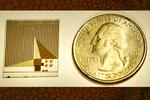
“The device detects the same molecules that cell receptors do, and may enable routine early screening for cancers and other diseases. Drawing inspiration from natural sensory systems, an MIT-led team has designed a novel sensor that could detect the …

“By fine-tuning the spin density in some materials, researchers may be able to develop new quantum sensors or quantum simulations. Electronic devices typically use the charge of electrons, but spin — their other degree of freedom — is starting to be exploited …
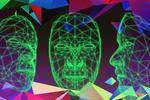
“In China, the use of AI-driven facial recognition helps the regime repress dissent while enhancing the technology, researchers report. Many scholars, analysts, and other observers have suggested that resistance to innovation is an Achilles’ heel of authoritarian regimes. Such …

“The disorganized arrangement of the proteins in light-harvesting complexes is the key to their extreme efficiency. When photosynthetic cells absorb light from the sun, packets of energy called photons leap between a series of light-harvesting proteins until they reach the …
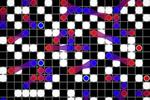
“The images shed light on how electrons form superconducting pairs that glide through materials without friction. When your laptop or smartphone heats up, it’s due to energy that’s lost in translation. The same goes for power lines that …

“BioAutoMATED, an open-source, automated machine-learning platform, aims to help democratize artificial intelligence for research labs. Is it possible to build machine-learning models without machine-learning expertise? Jim Collins, the Termeer Professor of Medical Engineering and Science in the Department of Biological …
